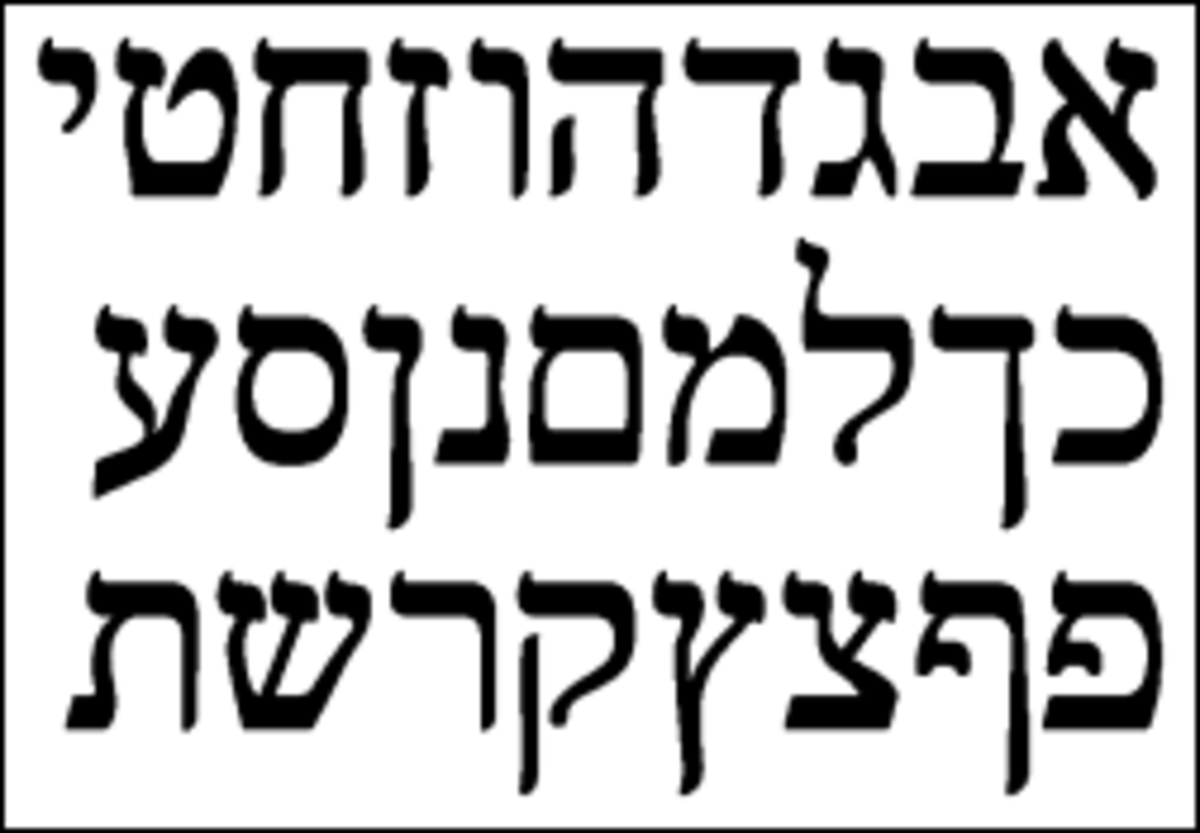A More Ancient Script
Today, we begin a series of articles about the History of the Hebrew Language. Classical Hebrew was the language of the ancient Israelites, and the language in which the Hebrew Bible (i.e., the “Old Testament”) was written.
In this article, we will begin looking at the script used to write Hebrew.

This is the traditional Hebrew script. It is the script which most people are used to seeing Hebrew written in. This script is used in modern Hebrew publications like newspapers and magazines, and even on signs in the modern State of Israel.


This script can also be found in copies of ancient religious texts used by the Jewish people, such as the Hebrew Bible and prayer books. This has given many people the impression that this script is an ancient script which was used by the Israelites since the time of Moses.
However, this traditional Hebrew script was actually adopted by the Jews only after the Fall of Jerusalem in 586 BCE. Before that, Hebrew was written in a more ancient script: the Phoenician script.

The Phoenician script was used to write other Canaanite languages as well. Since Hebrew was a Canaanite language and shared many features with the Canaanite languages, the same Phoenician script was adopted to the write Hebrew. The 22 letters of the Hebrew alphabet were all derived from the 22 letters of the Phoenician alphabet.
In the next few articles, we will be looking at several examples of Hebrew written in the Phoenician script.

